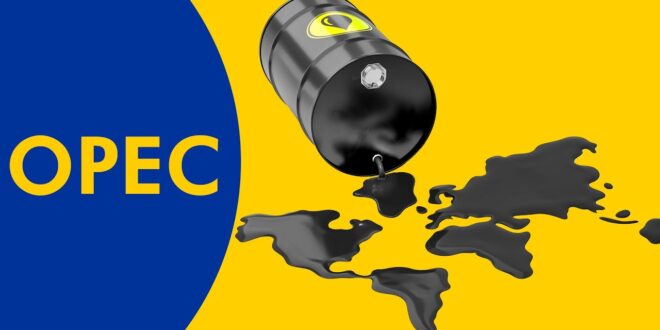Oil prices posted weekly losses as strong US economic data sparked concerns of further interest rate increases, which in turn could further slow the economy and lead to a slump in crude demand.
Brent, the benchmark for two thirds of the world’s oil, shed $2.14 to settle 2.51 per cent lower at $83 a barrel at the close of trading on Friday.
West Texas Intermediate, the gauge that tracks US crude, lost 2.74 per cent, or $2.15, to close at $76.34 a barrel.
The US producer price index rose by 0.7 per cent in January on higher energy costs, after falling by 0.2 per cent in December, a report from the Bureau of Labour Statistics showed on Thursday.
Meanwhile, jobless claims in the world’s largest economy fell marginally to 194,000 in the week ending February 11, from 195,000 the in the week earlier.
“The January US PPI print provided further evidence of price inflation being more persistent than had earlier been anticipated, with two of the Fed’s more hawkish officials suggesting that the case for larger 50 basis point hikes may be returning,” said Jeanne Walters, senior economist at Emirates NBD.
Earlier this week, data from the US Labour Department showed that the consumer price index overall slowed to 6.4 per cent annual in January, from 6.5 per cent the previous month, its smallest annual increase since October 2021.
This month, the US Federal Reserve raised interest rates — for the eighth time since last year — by 25 bps, and indicated that more increases were to come.
The latest announcement puts the Fed’s target range at between 4.5 per cent and 4.75 per cent — about 50 bps away from its end-of-year projection of 5.1 per cent.
“A strong dollar could emerge following a steady flow of hawkish Fed speak and that should keep any oil price rallies capped,” said Edward Moya, senior market analyst at Oanda.
The US Dollar Index, a measure of the value of the greenback against a weighted basket of major currencies, was up 0.52 per cent at 104.40. A stronger dollar makes oil more expensive for holders of other currencies.
The index is down 8.5 per cent since reaching a 20-year high in September last year amid the economic uncertainty that followed Russia’s invasion of Ukraine.
“It is going to be hard for oil to break out here until we see clear signs that China’s reopening is reaching the next level,” said Mr Moya.
China, the world’s second-largest economy and top crude importer, is expected to be the biggest driver of oil markets this year.
The International Energy Agency expects 2023 global oil demand to grow by 2 million barrels per day, with China set to consume 900,000 bpd.
OPEC raised its oil demand forecast by 100,000 bpd on expectations of an economic rebound in the Asian country.
“Key to oil demand growth in 2023 will be the return of China from its mandated mobility restrictions and the effect this will have on the country,” the crude producers’ group said in its monthly market report on Tuesday.
However, China’s recovery would depend on “government plans to manoeuvre the delicate balance of curbing Covid-19 infections versus opening up for business”, OPEC said.

 Iran Energy News Oil, Gas, Petrochemical and Energy Field Specialized Channel
Iran Energy News Oil, Gas, Petrochemical and Energy Field Specialized Channel



